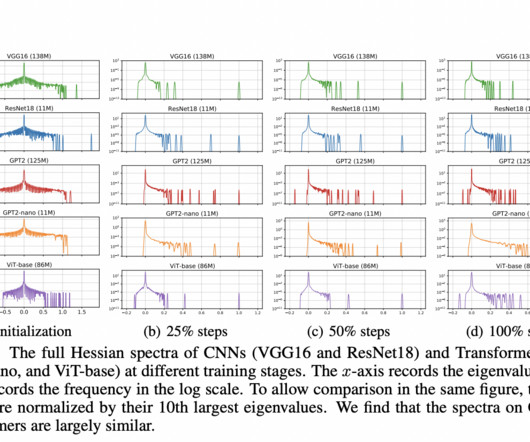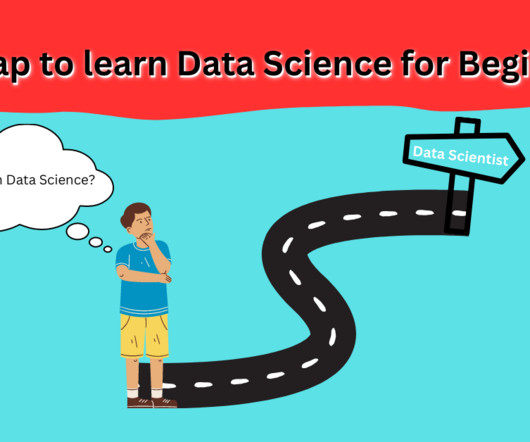Calculating Receptive Field for Convolutional Neural Networks
ODSC - Open Data Science
SEPTEMBER 18, 2024
Convolutional neural networks (CNNs) differ from conventional, fully connected neural networks (FCNNs) because they process information in distinct ways. CNNs use a three-dimensional convolution layer and a selective type of neuron to compute critical artificial intelligence processes.














Let's personalize your content